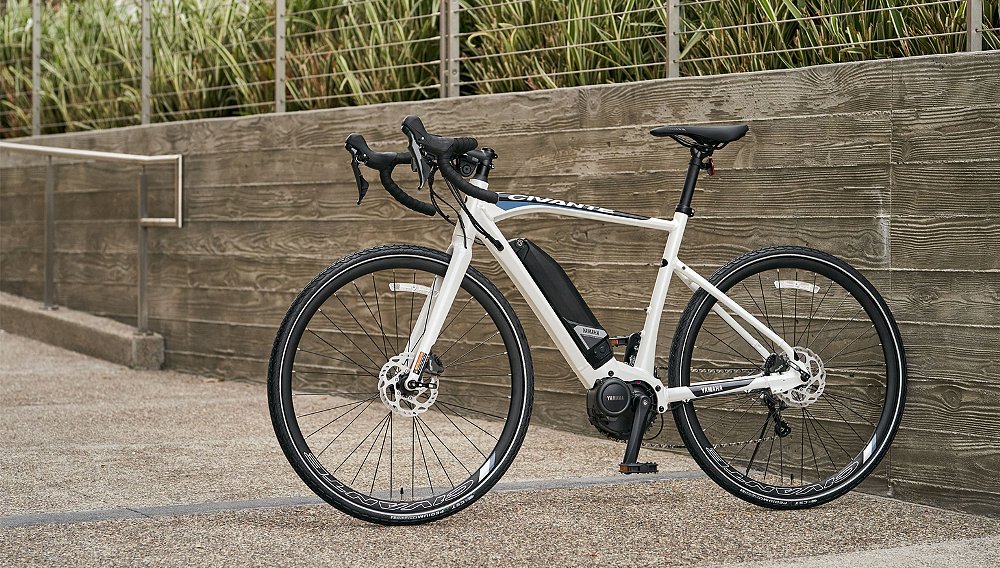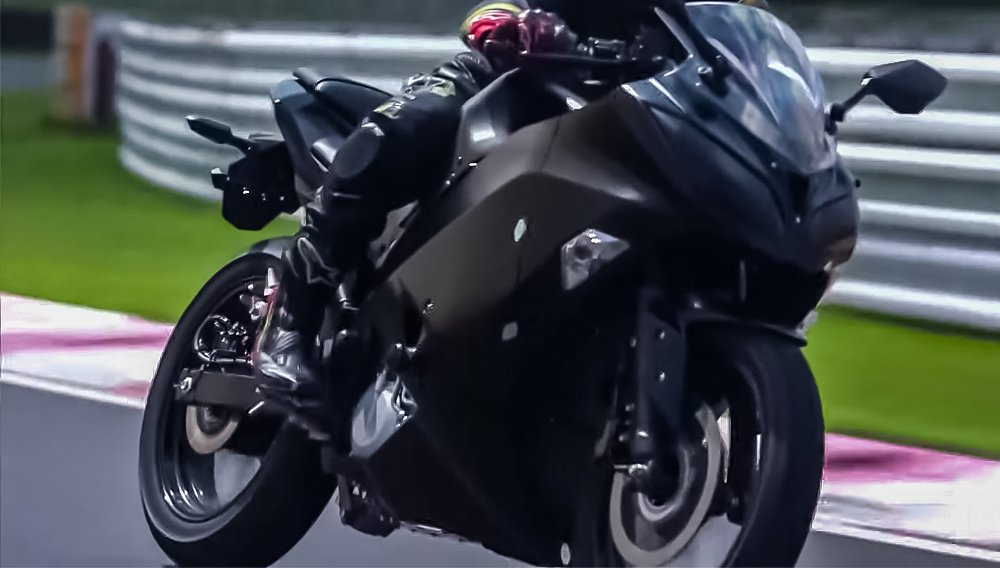Japan seems reluctant to release full-sized electric motorcycles. Considering the circumstances, can you blame Honda, Yamaha, Kawasaki, or Suzuki?
We’ve got an entire Highside/Lowside episode talking about electric motorcycles, and here’s the short version: Their time is coming, but current-gen electric motorcycles present a range of challenges and risks for established ICE motorcycle manufacturers, and (apparently) not enough payoff. That goes double for today’s pandemic situation, in which the OEMs are especially risk-averse.
Then consider that EV tech seems to be advancing faster than demand for electric motorcycles, and the resulting “no, please, you go first” standoff in Japan leaves electric motorcycling with Zero, Energica, a million startups of varying credibility, one not-ready-for-consumers Kawasaki test mule and one expensive Harley-Davidson.
Don’t assume that the Japanese brands aren’t investing in electrification. They’re just working on other EV segments. Yamaha and Honda are both working with small two-wheelers, where expectations are much different from the full-size motorcycle market, but it’s clear that they aren’t copying each other’s homework. Let’s take a look at Japan’s latest.

Yamaha: Advancing their history of electric-assist bicycles
Yamaha’s putting their money on electric bicycles, and for good reason. They’ve been in the ebike game since 1989, selling over two million electric bicycles and counting. They’re following up the recent Civante road/commuter ebike with all-new electric mountain bikes: the YDX-MORO and the YDX-MORO Pro. Retailing for $4,499 and $5,499, the YDX-MORO line is Yamaha’s most advanced eMTB effort to date.

Notable features include the hydroformed Dual Twin frame, multiple ride modes, a 500Wh/36V battery, and the new PW-X2 drive unit, which is good for 250W nominal output, and 500W peak output. It’ll assist up to 20 miles per hour.
A medium YDX-MORO weighs 53.3 pounds and wears Shimano SLX (11-speed, 11/46T). The Pro weighs 0.2 pounds less and gets Shimano XT, a RockShox YARI RC Boost fork, and a few other performance upgrades. Full specs are available on Yamaha's site for the YDX-MORO and YDX-MORO Pro.

“Now hang on a minute,” you say. “The cheapest YDX-MORO costs as much as an MT-03 or a TTR-230! And the Pro costs more than an XT250, a TW200, or even a top-spec R3!” Uh, yep. That’s what decent eMTBs are going for these days, especially with relatively high demand and low supply in the United States.

Ask your hardcore bicycling buddies how much their bikes cost sometime, and you might develop a new appreciation for what a few grand can get you in the motorcycling world. Counterpoint: If Yamaha needs to sell electric bicycles for five thousand, how much would an electric motorcycle cost? And would the performance be anywhere near that of their excellent ICE offerings?

So while the YDX-MORO and YDX-MORO Pro may seem awfully expensive to the moto crowd, Yamaha sees promise in the eMTB space, which doesn’t compete directly with their motorcycle lineup, and they’re relying on their decades of experience to produce the competitive, if conservative, YDX-MORO line. Meanwhile, Honda might be working on something… unusual.

Honda: Bringing a cult classic into the future
Honda sold an adorable 49 cc microbike called the Motocompo from 1981 to 1983. Intended to fit into the trunks of Honda’s subcompact cars, the Motocompo folded into a box-like shape for storage and transport. It remains one of the smallest motorcycles ever built by Honda.

Appreciation for the Motocompo has soared in recent years, fueled by popular videos and general nostalgia for funky 1980s stuff. I’m sure Honda noticed.

In 2011, they showed an electric “Motor Compo” concept at the Tokyo Motor Show that retained the original’s boxy body and foldable design. Honda recently trademarked “Motocompacto” for “land vehicles, namely, electric scooters.”

That’s no guarantee that they’ll actually build an electric successor to the Motocompo, of course, but between the concepts, the trademark filing, the Motocompo’s recent popularity, and the success of Honda’s miniMOTO lineup, this isn’t that long of a shot. And with the retrofuturistic Honda e available in other markets, can you picture a little Motocompacto in the trunk?


I’m sure Honda, Yamaha, and the rest are testing electric motorcycles behind the scenes, and we'll be sure to cover their future electric motorcycle releases. These bikes will have to hold you until then.

















